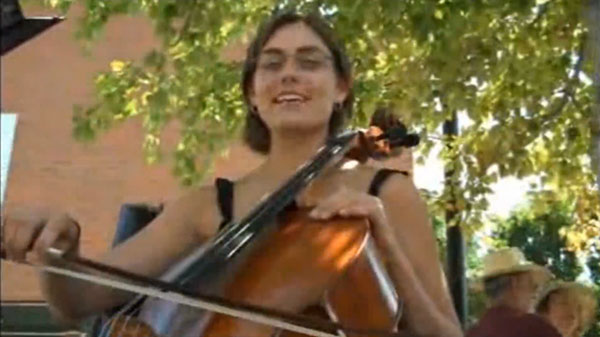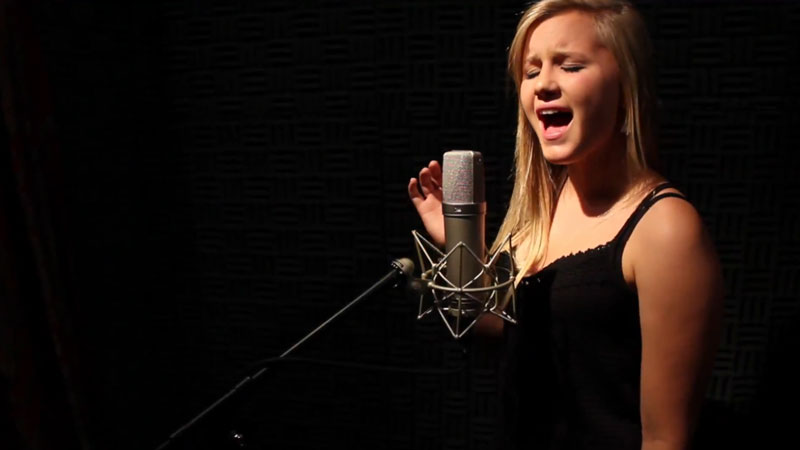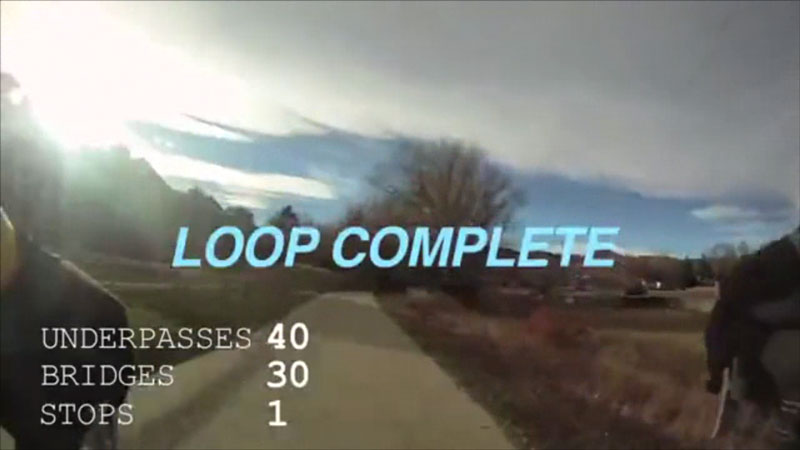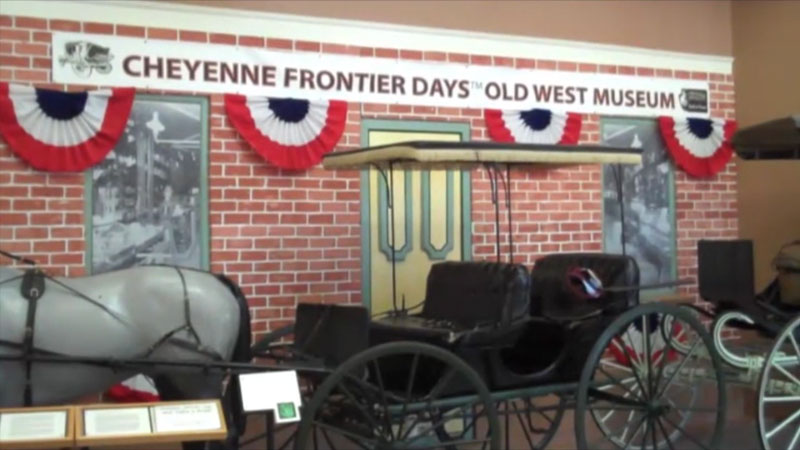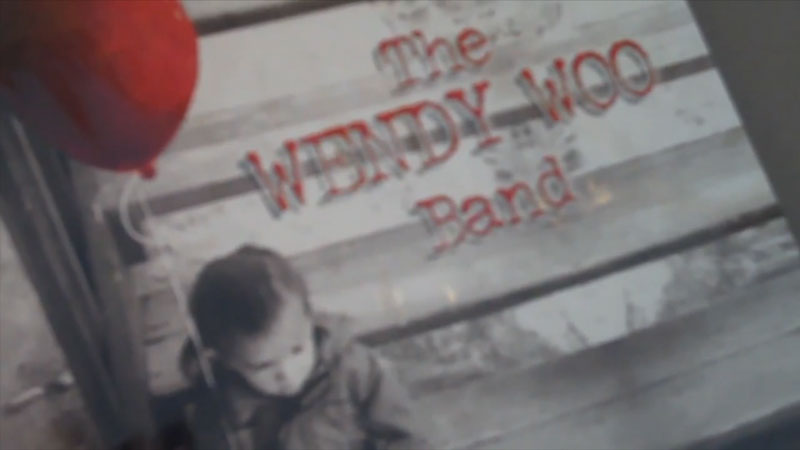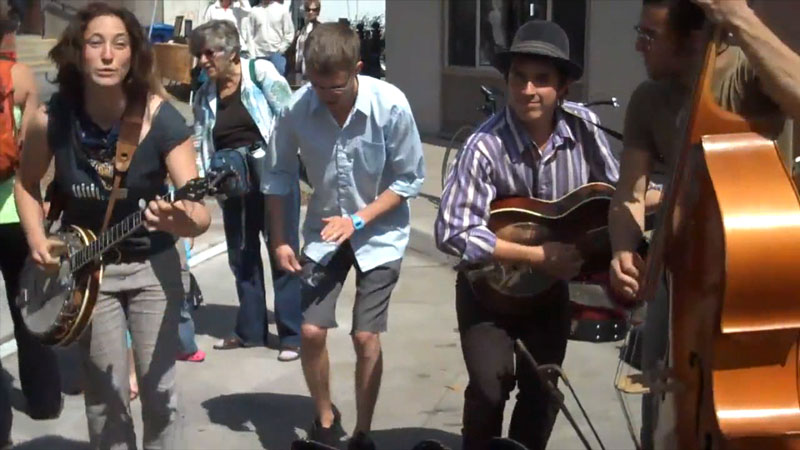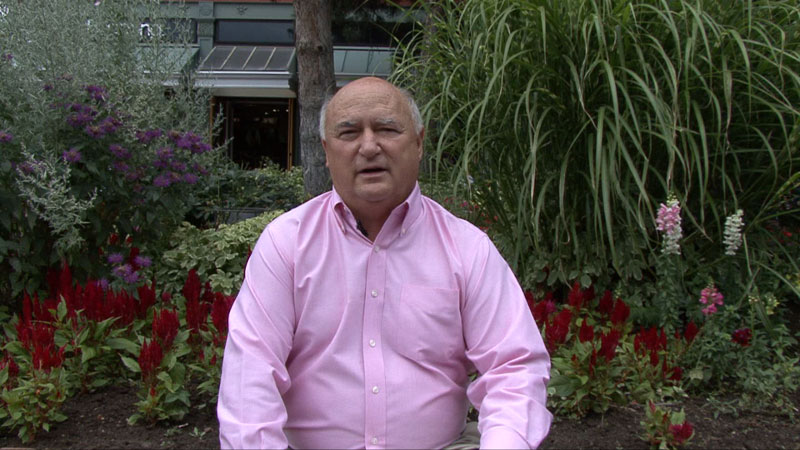Evidence of global climate in Southern Hemisphere
Aug 22nd
SOUTHERN SOUTH AMERICAN WILDFIRES
EXPECTED TO INCREASE, SAYS CU STUDY
A new University of Colorado Boulder study indicates a major climate oscillation in the Southern Hemisphere that is expected to intensify in the coming decades will likely cause increased wildfire activity in the southern half of South America.
The research team used tree rings dating to 1506 to track past wildfire activity in the forests of Patagonia tied to the Southern Annular Mode, or SAM, a climate oscillation that creates low atmospheric pressure in the Antarctic that is tied to warmer and drier conditions in southern South America. The tree rings showed that when SAM was in its positive phase, there were widespread fires in both dry woodlands and rainforests in Patagonia, a region that straddles Argentina and Chile, said CU-Boulder Research Associate Andres Holz, lead study author.
“Our study shows for about the past 250 years, the Southern Annular Mode has been the main driver in creating droughts and fires in two very different ecosystems in southern South America,” said Holz. “Climate models suggest an increase in SAM beginning in the 1960s due to greenhouse gas increases and Antarctic ozone depletion probably will cause this region to be drought-prone and fire-prone for at least the next 100 years.”
A paper on the subject by Holz and CU-Boulder geography Professor Thomas Veblen was published in Geophysical Research Letters.
Holz and Veblen compared past wildfire records for two ecologically distinct regions in Patagonia — the relatively dry region of southern Patagonia in Argentina and the temperate rainforest of Patagonia in northern Chile. While the tree ring historical record showed increased fires in both regions correlated with a positive SAM, the trend has been less pronounced in northern Patagonia in the past 50 years, likely because of fire-suppression efforts there, Holz said.
But the decades of fire suppression have caused the northern Patagonian woodlands to become denser and more prone towildfire during hot and dry years, Holz said.
“Even in areas of northern Patagonia where fire suppression previously had been effective, record surface areas of woodlands and forests have burned in recent years of extreme drought,” said Veblen. “And since this is in an area of rapid residential growth into wildland-urban interface areas, this climate-driven trend towards increasing fire risk is becoming a major problem for land managers and homeowners.”
The two CU-Boulder researchers studied reconstructions of tree rings going back more than 500 years from 432 trees at 42 sample sites in northern Argentina and southern Chile — the largest available data set of annual, readable tree ring records in the Southern Hemisphere. The tree rings, which indicate climate cycles and reveal the scars of old fires, showed that wildfires generally increased in both regions when SAM was in its strong, positive phase.
Although the Antarctic ozone hole stopped growing in about 2000 as a result of a ban on ozone-depleting gases and now appears to be slowly repairing itself, a 2011 paper by researchers at the National Center for Atmospheric Research in Boulder indicates ozone recovery and greenhouse gas influences essentially will cancel each other out, preventing SAM from returning to its pre-1960s levels.
“Before the Industrial Revolution, SAM intensified naturally at times to create drought situations in Patagonia,” Holz said. “But in the last 80 years or so, the natural variation has been overwhelmed by a bias toward a positive SAM phase because of ozone-depleting chemicals and greenhouse gases we have put in the atmosphere.”
The research effort was supported by the National Geographic Society, the National Science Foundation, the CU Beverly Sears Small Grants Program and the Council on Research and CreativeResearch of the CU Graduate School.
“As warming and drying trends continue, it is likely that wildfire activity will increase even in woodland areas where fire suppression has previously been effective,” Holz and Veblen wrote in Geophysical Research Letters.
Boulder Mexican, African & Anglo Kids produce sobering video on achievement gap. Oooh.
Aug 19th
Friday, Aug. 19, 2011
Contact:
Cindy Smith, Housing & Human Services, 303-441-4045
Sarah Huntley, Media Relations, 303-441-3155
www.bouldercolorado.gov
Student video addresses achievement gap
Three high school student members of the City of Boulder’s Youth Opportunities Advisory Board (YOAB) have created a video addressing the achievement gap from a youth perspective. This 13-minute video includes interview footage with a number of local students and advice for teachers about how to help all students succeed.
The achievement gap refers to differences in educational success between defined demographic groups. The Boulder Valley School District (BVSD) has one of the largest achievement gaps in the state, and Colorado has one of the largest in the nation. Based on 2009 to 2010 BVSD data, while 85 percent of all students graduated from high school in four years, just 60 percent of economically disadvantaged students and 58 percent of Latino males graduated in four years.
YOAB member Peter Osnes said, “We created this video to try to raise awareness of methods to close the achievement gap. This was aimed primarily at teachers not because of any deficiency, but because they have the most power to make change. The BVSD has remarkable teachers and I believe they can cinch the gap more than any program or additional funding.”
Ellen Miller Brown, chief academic officer for the BVSD, agreed that the video will be useful to teachers.
“We showed this video to all of the principals and assistant principals in BVSD at the end of last school year, and everyone was very impressed with the YOAB students’ honesty and clarity about the ways that adults in schools can help every student be successful,” she said. “Knowing how teachers value student voices, they’ll surely find this video’s suggestions to be meaningful and worth considering.”
Although the video is focused toward teachers, the youth who produced it expect that principals, parents and students will also get something out of watching it.
YOAB member Nancy Contreras said, “Parents and students should see this video because it is important that parents know the high school graduation statistics. The video will also give them ideas about what may be best for their child and how to encourage them to succeed.”
To see the video, go to www.yoab.org.
YOAB is part of the Youth Opportunities Program in the Department of Housing and Human Services. The mission of the program is to strengthen the community though empowering youth, providing opportunities for youth, encouraging youth civic participation and volunteer work and advising city government. For more information contact Youth Opportunities Coordinator, Alice Swett, at 303-441-4349 or swetta@bouldercolorado.gov.




